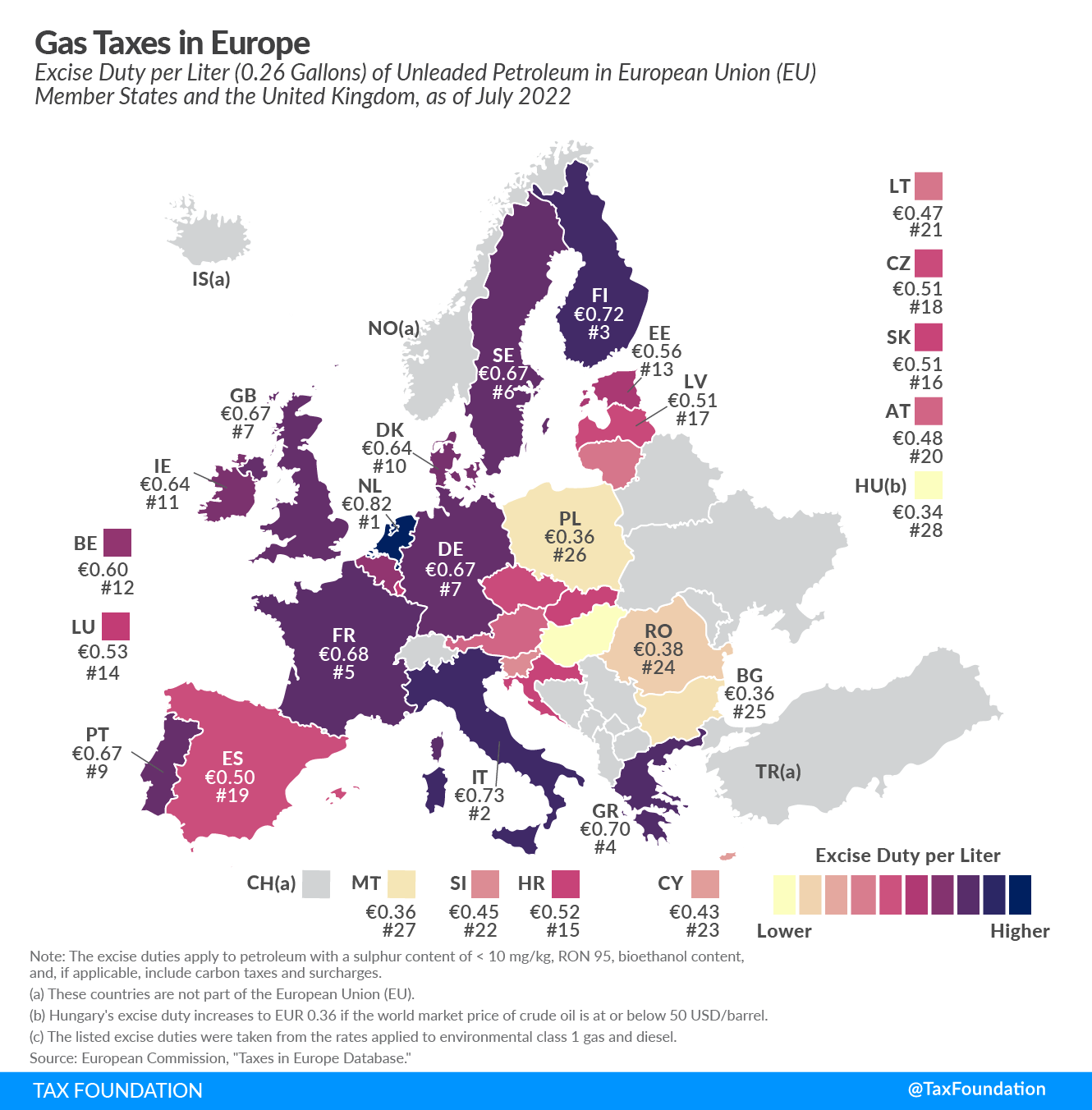PigsDad
TUG Member
- Joined
- Nov 1, 2006
- Messages
- 10,698
- Reaction score
- 8,082
- Location
- Colorado and SW Florida
- Resorts Owned
- HGVC Elite: SeaWorld, Surf Club, Charter Club, Valdoro
In the video you posted (@6:50 into the video), it stated the probability of an ICE vehicle catching fire was over 3X of an EV catching fire). Others have posted anywhere from 25-50X difference.Here is one of the big reasons (fire hazard) why many people will not own an ev, imo. It would be disingenuous to think this isn't an issue.
[video removed]
So I'll turn this around:
Why would anyone want to own a vehicle that has been proven to be much more likely to catch on fire?
Kurt


